 Continuing the logic thread, this is a nice logic problem from MathsJam Shout for April 2025.
Continuing the logic thread, this is a nice logic problem from MathsJam Shout for April 2025.
“The king of the spiders has four servants, and the servants have either 6, 7, or 8 legs. Servants with 7 legs always lie, and servants with 6 or 8 legs always tell the truth.
The king asks ‘How many legs do you four have in total?’, and the four spider servants (who are standing behind a table, so you can’t see their legs) answer 25, 26, 27, and 28, respectively.
Who is telling the truth?”
See The King of the Spiders for a solution.

 This is a logical
This is a logical 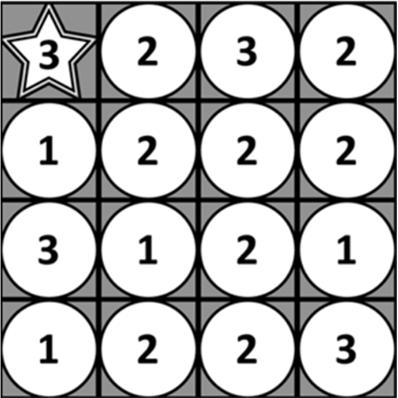 Here is an entertaining
Here is an entertaining 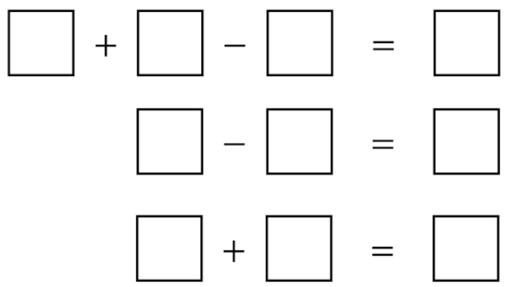 This is a somewhat unusual
This is a somewhat unusual 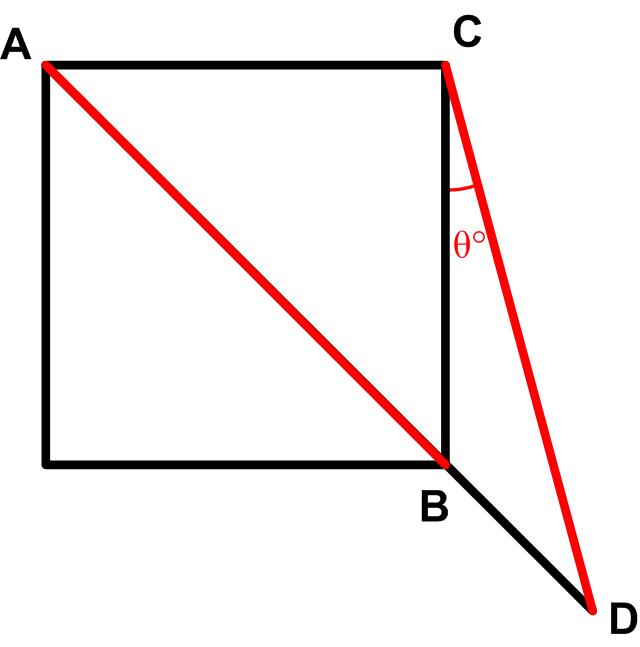 For me this turned out to be sort of a challenging problem from the 2025 Math Calendar.
For me this turned out to be sort of a challenging problem from the 2025 Math Calendar. This is a wicked variation of the ant problem on a
This is a wicked variation of the ant problem on a  I think this turned out to be an even trickier
I think this turned out to be an even trickier 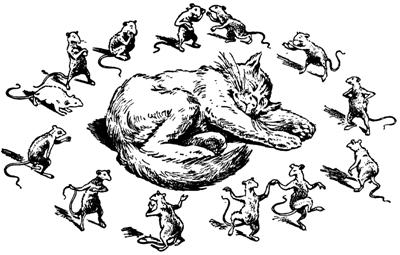 This is a classic puzzle from Boris Kordemsky’s 1972 Moscow Puzzles.
This is a classic puzzle from Boris Kordemsky’s 1972 Moscow Puzzles.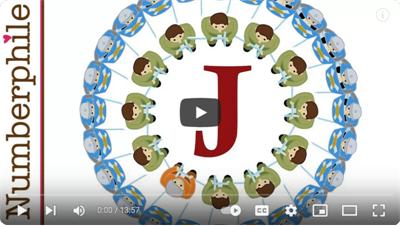

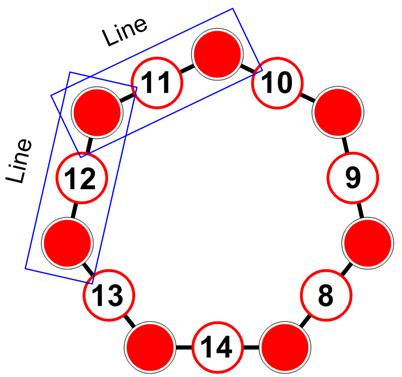 This is a fun
This is a fun 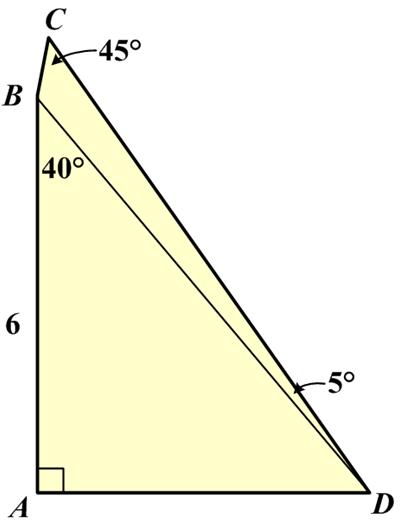 This is another intimidating
This is another intimidating